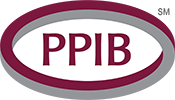By Tina O’Reilly
If you are switching from one claims made provider to another, you need Tail coverage.
Following is a breakdown of the various types of coverage available to protect you, your staff and your facility in the event of a claim or catastrophe. When opening a private medical practice or medspa you should have at minimum: workers’ compensation, general and professional liability insurance, property coverage, HIPAA compliance coverage and sexual molestation coverage (typically excluded unless you purchase a Rider, which is a provision of an insurance policy that provides additional benefits at an additional cost). Sexual molestation coverage may seem out of place, but facilities that perform medical exams and those that offer services such as facials and massage are vulnerable to claims of inappropriate touching or contact.
Protecting Your Providers and Employees
Workers’ compensation provides wage replacement and medical benefits to employees who are injured on the job. According to Jay Candelario of CHRS at Candelario Insurance Advisors, the benefit of workers’ comp coverage is that it relinquishes the employee’s right to sue his or her employer for the tort of negligence. Workers’ comp is typically mandatory for all businesses that hire employees, but the requirements vary by state. So it is important to check with your state to make sure you understand your responsibilities—in some regions, even independent contractors need to be covered.
Professional liability insurance, also known as errors and omissions (E&O) insurance, covers businesses that offer professional and personal services. For physicians this would include medical malpractice. Professional liability insurance protects you and your practice in the event that a patient or client is harmed as the result of a service or advice provided by your medical staff.
Professional liability also covers services that fall outside the scope of medical malpractice, such as procedures performed outside of a physician’s normal area of expertise and services provided by nonmedical personnel.
When comparing liability coverage, pay attention to whether the policy is “Claims Made” or “OccurrenceBased.” With an occurrence-based policy, coverage is based on when the procedure was performed, whether or not the policy is in place at the time of the claim. With claims made coverage, the claim and treatment that triggered the action need to happen during the policy period. For example, if a patient files a suit against your practice in January 2015 for an infection related to a laser treatment they received in July 2014, but you switched insurance companies in December 2014, you aren’t covered for this claim and could be forced to pay out of your own pocket if you are found negligent. If you are switching from one claims made provider to another, you need Tail coverage. This covers claims from a previous policy.
Laser insurance is primarily for medspas that offer procedures, such as laser hair removal, but not other medical procedures. The reason: Laser procedures are not typically covered under medspa business policies, says Ken Callison, president of insurance provider Allied Beauty Experts.
License action reimbursement insurance can help pay penalties handed down by licensing boards governing your profession as well as defense costs to protect your license status. Regulations in the cosmetic medicine and medspa industries are constantly evolving. This will cover providers who unknowingly operate outside of the scope of their licenses.
Facility and Equipment Protection
Property coverage is essential. It covers your equipment, stock on hand and furniture in the event of fi re, vandalism and theft. Some carriers may limit the coverage for certain items, so make sure you understand the limits of coverage. But the general rule of thumb is that if you can pick it up and walk out of the building with it, then it’s covered.
Commercial general liability protects your practice in the event of injury or damage to a third party resulting from your business operations. This would include things like slip-and-fall claims.
Fire legal coverage is typically part of your commercial general liability policy. This is different from property insurance that covers your own equipment in the event of a fire. Instead, it offers protection for a third party. For example, if a coffee shop leaves a machine on all night and it starts a fire, this coverage will protect the coffee shop if they are sued for damages by other businesses or individuals that were affected by the fire.
HIPAA compliance coverage protects practices that violate—whether intentionally or unintentionally—HIPAA regulations regarding the collection and sharing of personal health information. Susan Preston of Professional Program Insurance Brokerage notes that these violations can result in large penalties. HIPAA violations may be covered under your professional liability policy, but it’s worthwhile to ask. If these claims are not covered, there are several new HIPAA-related insurance products available to protect your facility against civil damages.
Business interruption insurance, also known as business income insurance, covers the loss of income that a business suffers due to a disaster. This differs from property insurance, which covers physical damage to the business. Some things typically covered under business interruption insurance include profits, fixed costs or operating expenses, and temporary relocation. Some policies also cover the cost of moving the business to and from the temporary location. This type of insurance is not a stand-alone policy—it is added onto the business property policy. In addition, you can purchase contingent business interruption coverage. This will pay out when a business can’t operate because of an event that damages the business premises of one of its suppliers, preventing you from engaging in normal trade.
Product liability coverage is for practices and medspas that offer retail products and devices. It protects a practice against claims from a patient who, for example, purchases a skincare product and has an allergic reaction or uses a laser device and damages their eyesight. Sometimes the client is at fault for not reading the directions or applying the product incorrectly, but on occasion it could be the product itself. Even if the branded product is to blame, the doctor and practice can be brought into the lawsuit, says Preston, so it is wise to protect yourself.
Personal and advertising injury policies protect your business in the event that someone in your facility says or writes negative comments about another person or another facility. In some cases, these policies also apply to copyright infringement. The important factor with this type of policy is that the action—or injury—must be unintentional. This coverage may be included as part of your commercial general liability policy.
Cyber security coverage, a fairly new form of insurance coverage for businesses, protects your practice or medspa in the case of a computer hack or breach. While your business may not be as big as Target, smaller businesses typically are more vulnerable to hackers due to unprotected systems and staff that are undertrained on cyber security. In addition, hackers are targeting more than just credit cards—today, they’re also looking for private medical information.
Working With Your Providers
Unfortunately, as a provider of medical services, the odds are good that you or your business will face some type of claim. Callison cautions: Do not try to solve the problem yourself. If you are being threatened with a lawsuit, inform your insurance carrier immediately. If you try to pay off the patient to make the issue go away, it could backfire. Always check with your insurance carrier before you respond to any legal action.
Most policies require you to provide a list of your services. If you don’t update your insurance when you add new services, they won’t be covered, says Callison. Therefore, don’t perform any new procedures until they’ve been added to your insurance policy. It is recommended that you review your coverage at least once a year and every time you add a new service or procedure.
Candelario as well as Jason Kunz of AAG Insurance also recommend informing your agent and/or carrier whenever you have a staffing change, and anytime you make a major equipment purchase or expand your facility.
When reviewing your policies, be certain to read the exclusions and declarations page—also known as the fine print—so there won’t be any surprises in the future. When shopping for coverage, know the ranking of the carrier. Don’t assume that the cheapest rates offer the best deals. Insurance company rankings can be reviewed through J.D. Power and A.M. Best.
The goal of a practice owner or manager is to offer topnotch treatments in a safe and well-run facility. Yet even the best managed practices can—and likely will—face some type of legal action, injury or property damage in their years of operation. Having adequate coverage and a cooperative insurance provider will help you weather the storm. Tina O’Reilly is a freelance writer based in Warwick, RI.

